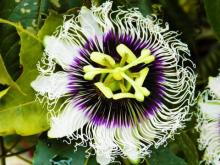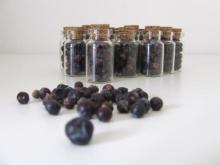Superfood 101: Fun Healthy Facts About Kumquats!
Kumquats are a member of the family Rutaceae, commonly known as the Rue family of the genus ortunella Swingle, also known as kumquat P., which contains four species. The plant has its origin in China and was described in Chinese literature in 1178 C.E.










